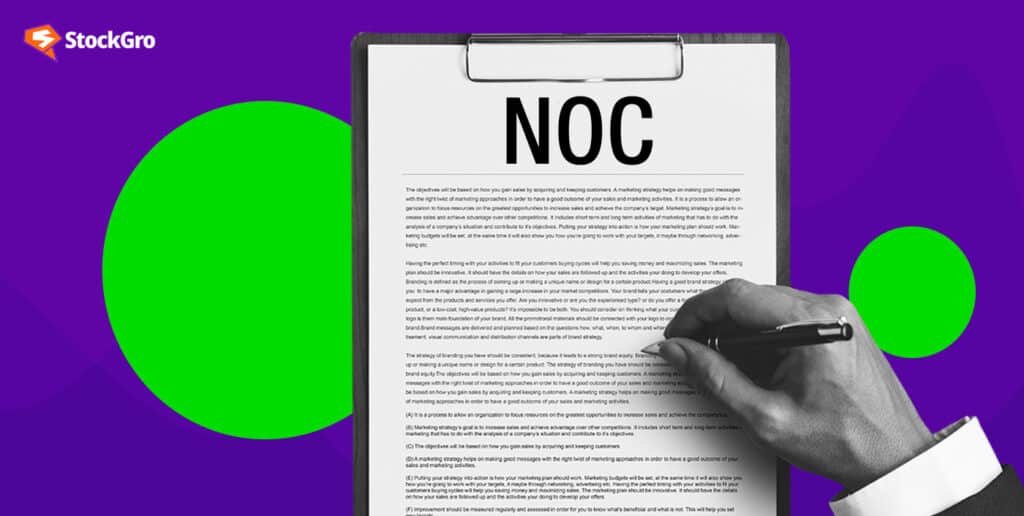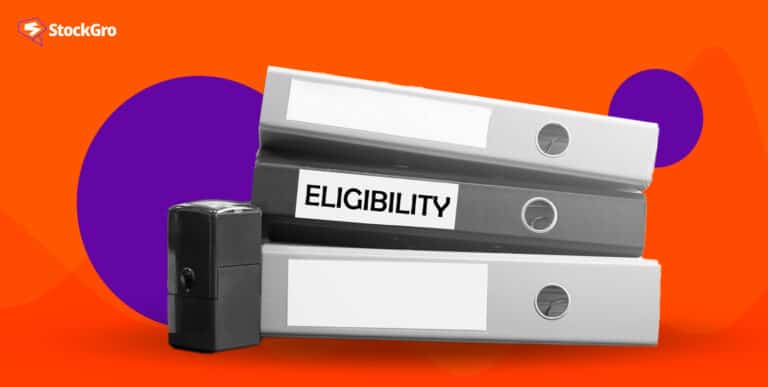
Completing long years of EMIs to finally close a personal loan brings immense relief. Borrowers want to put that financial burden behind them forever. However, before shredding bank statements, collectors must secure one last but vital document – the coveted no objection certificate. Though just a written note, the NOC holds special significance for both lenders and borrowers even after loan maturity, especially when seeking future credit. So, let’s understand why diligently obtaining this record remains key.
what is personal loan NOC certificate
A no objection certificate is a formal letter furnished by the lender once borrowers fully repay their personal loans on schedule. Obtaining a no objection certificate (NOC) from a lender is essential once someone fully repays a personal loan. This document confirms that the borrower has cleared all loan dues and closed the account. While it may seem like just another paper receipt, the NOC protects the borrower’s financial interests in many ways for years after loan closure.
Why should you care about the NOC?
People take personal loans to finance expenses like higher education, healthcare needs, weddings, home renovations or consolidating multiple debts. Repaying the loan as scheduled until closure is challenging enough for most borrowers. Once the long EMI journey ends, the NOC may not initially seem like a big deal.
However, this certificate holds significance in the longer run. For instance, future lenders favourably view NOCs from previous loans while approving fresh credit. Income tax officials may also ask for it as proof if borrowers claim deductions. Therefore, rather than dismissing it as just paperwork, one should diligently obtain this document from the lender.
You may also like: Simplify your financial life with debt consolidation: A complete guide
What does a personal loan NOC include?
While formats can slightly vary across banks, NBFCs and other lending agencies, some standard components need to feature on any legit NOC:
Lender information
This clearly mentions the name and address of the financial institution providing the NOC certificate to the borrower. Contact numbers and email IDs of the bank’s regional branch may also be listed here.
Borrower particulars
Key details like the borrower’s full name and loan account number with the specific lender must be featured correctly on the NOC. Any mismatches must be rectified through the lender immediately.
Account closure statement
This key paragraph on the NOC confirms the closure of the loan account, indicating that the borrower has fully repaid the loan amount, along with any interests, penalties or associated charges applicable.
Date of closure
The letter must specify when the lender closed the loan account based on the final clearing of dues from the borrower’s side. For authenticity, this date must align with the borrower’s bank account statements reflecting the last EMI deduction.
Issuing authority signature
Finally, the authorised representative from the lending agency must sign off on the NOC with their name, designation and official stamp provided. This personal endorsement formalises the document.
Thus, collectors must track these vital elements while accepting the final NOC from their lender. But before that, let’s understand how one can obtain this record for their financial files after closing a personal loan. Moreover, you should know how to fill personal loan NOC certificate.
Also Read: The hidden costs of freedom: Foreclosure charges on personal loans
How can you get this certificate from your lender?
The procedures to acquire a personal loan NOC may slightly vary across banks but typically involve:
1. Making the initial request
Most lenders only issue NOCs on customer request and do not send it automatically. So, convey the requirement through a formal application after completing loan repayment. Check if the bank needs any specific documents, too.
2. Providing account information
Your lender may ask for the latest account statements and other financial details to cross-verify complete loan closure before issuing the NOC certificate. Stay prepared with scanned bank statements reflecting the final deductions.
3. Waiting for lender confirmation
Typically, it takes 7-15 working days for lenders to process NOC requests after validating records. Some banks may issue digital NOCs quicker if they can instantly access account data.
4. Inspecting for accuracy
Carefully check name spellings, account particulars, and closure dates match records soon after obtaining the NOC from the lender. Raise any revisions required urgently.
5. Securing the NOC
While NOCs contain verified digital signatures, collectors may additionally request an ink-signed hard copy with the authorisation stamp. But store scanned copies securely for quick access when applying for future loans.
6. Handling queries
Despite standard protocols, borrowers may face some queries while procuring the NOC. Here are some common concerns addressed:
7. Minor loan balance pending
If any amount, however small, remains unpaid, lenders will furnish only part of the repayment certificates. Clear dues first. Part payments do not qualify for NOCs.
8. Existing NOC lost
Loss of NOCs must be immediately informed to your lender, and a duplicate must be requested by providing necessary account statements again for verification. Certain banks may charge small administrative fees.
9. Digital copy authenticity
E-NOCs with verified digital signatures hold as much legitimacy as physical letters. Still, you can request lenders for the signatory’s name and designation details for added assurance.
By planning and adhering to banks’ established NOC issuance turnaround times, personal loan borrowers can ensure seamless acquisition of this document post-closure. Instead of rushing through the formalities hastily, diligently completing each step is advisable for long-term financial convenience.
Also Read: Unsecured loans: How does it impact the borrower?
How does the NOC help your creditworthiness?
There are many ways in which NOC can help with creditworthiness:
- Collateral for new loans: Add certified NOC copies from previous lenders as supporting proof while submitting fresh personal loan applications. Boosts profile.
- Income tax filing aid: Produce NOC when claiming income tax deductions towards past loan interest repayment expenses.
- Address verification: NOCs also facilitate address changes on existing credit records while jointly applying for new loans.
Thus, over time, this humble certificate can relax documentation processes, verify financial antecedents better, and help access credit on finer terms.
The bottom line
Ultimately, a no-objection certificate is a small record with immense value. It indicates the end of loan repayment worries and the start of financial freedom for borrowers. So rather than hurrying for closure, diligently secure this document from your lenders as a final testimony. With its multifaceted uses, your NOC will only grow in importance over time.
Follow these simple tips from application to storage to secure your precious NOC easily. After all, not many other records can accurately symbolise someone’s fiscal discipline and systematic repayment history.

